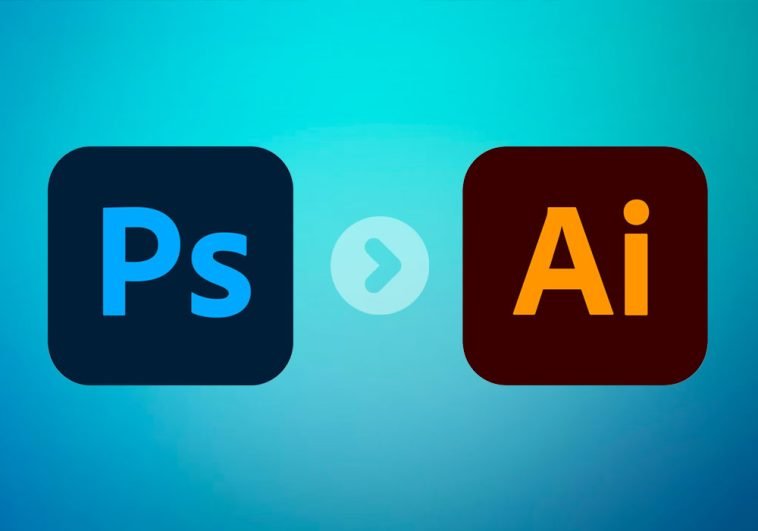Introduction.
Photoshopping a face onto another body is a popular technique used in digital image manipulation and creative projects.
Whether you want to create a humorous photo, produce a visual effect, or simply explore your creativity, Adobe Photoshop provides powerful tools and techniques to seamlessly blend a face onto a different body.
This process involves precise selection, careful resizing, and skilful blending to ensure a realistic and convincing result.
In this guide, we will walk you through the step-by-step process of photoshopping a face onto another body using Adobe Photoshop.
We will explore essential techniques such as selection tools, layer adjustments, and blending modes to achieve seamless integration between the face and body.
By mastering these techniques, you can create eye-catching and imaginative images that bring together different elements to tell a unique visual story.
Please note that ethical considerations apply when using this technique, and it’s important to respect privacy and obtain appropriate permissions for any images you use.
With that in mind, let’s delve into the world of face swapping and discover the techniques that will help you blend faces onto different bodies using Adobe Photoshop.
How Do I Photoshop a Face Onto Another Body?
Whether you want to create a funny photo, play with visual effects, or explore your artistic side, Adobe Photoshop provides the necessary tools and techniques to seamlessly blend a face onto a different body.
By utilizing precise selection, resizing, and blending techniques, you can achieve a realistic and convincing result that merges the face and body seamlessly.
In this article, we will guide you through the step-by-step process of photoshopping a face onto another body using Adobe Photoshop.
Please note that ethical considerations apply when using this technique, and it’s essential to respect privacy and obtain appropriate permissions for any images you use.
Now, let’s dive into the world of face swapping and discover the techniques that will help you unleash your creativity using Adobe Photoshop.
Step 1: Prepare Your Images.
Start by gathering the images you want to work with – one with the face you want to swap and another with the body onto which you want to place the face.
Ensure that the lighting, angle, and perspective of the images are somewhat similar for a more convincing result.
Step 2: Open Both Images in Photoshop.
Launch Adobe Photoshop and open both the face image and the body image. Go to File > Open, select the images from your computer, and they will open in separate tabs within the Photoshop workspace.
Step 3: Select and Isolate the Face.
Using the appropriate selection tool (e.g., Pen Tool, Lasso Tool, or Quick Selection Tool), carefully select and isolate the face from the face image.
Take your time to ensure an accurate selection, capturing all the necessary facial features while excluding the rest of the image.
Step 4: Copy and Paste the Face.
With the face selected, use the keyboard shortcut Ctrl/Command + C to copy the selection. Then, go to the body image tab and use Ctrl/Command + V to paste the face onto the body image as a new layer. Resize and position the face layer as needed to align it with the body.
Step 5: Refine the Edges and Blend.
To blend the face onto the body seamlessly, refine the edges of the face layer. Use tools like Layer Mask or the Eraser Tool to carefully erase any rough edges and ensure a smooth transition between the face and body. Adjust the opacity and blending modes of the face layer to further integrate it with the body image.
Step 6: Adjust Colors and Lighting.
To enhance the realism of the final image, adjust the colours, lighting, and shadows of the face layer to match the overall tone of the body image.
Use adjustment layers like Hue/Saturation, Curves, and Levels to achieve a harmonious blend between the face and body.
Step 7: Fine-Tune and Review.
Take a step back and review your edited image. Zoom in and examine the image for any imperfections that need to be addressed, such as mismatched skin tones or unnatural blending. Make any necessary adjustments to ensure a convincing and visually appealing result.
Step 8: Save and Share Your Creation.
Once you are satisfied with the final image, save your edited work by going to File > Save As. Choose the desired file format (e.g., JPEG or PNG) and specify the location where you want to save your face-swapped creation. Share it with friends or post it on social media platforms to showcase your creativity.
Conclusion.
Photoshopping a face onto another body is a fun and imaginative technique that allows you to explore your creativity and create visually engaging images.
By following the step-by-step process outlined in this article, you can seamlessly blend faces onto different bodies using Adobe Photoshop.
Remember to select and isolate the face, copy and paste onto the body, refine edges, blend, adjust colours and lighting, fine-tune the result, and save your creation.
With practice and attention to detail, you’ll master the art of face swapping in Photoshop and create captivating and entertaining images.
So, embrace your creativity, have fun, and confidently explore the world of face swapping using Adobe Photoshop.






GIPHY App Key not set. Please check settings